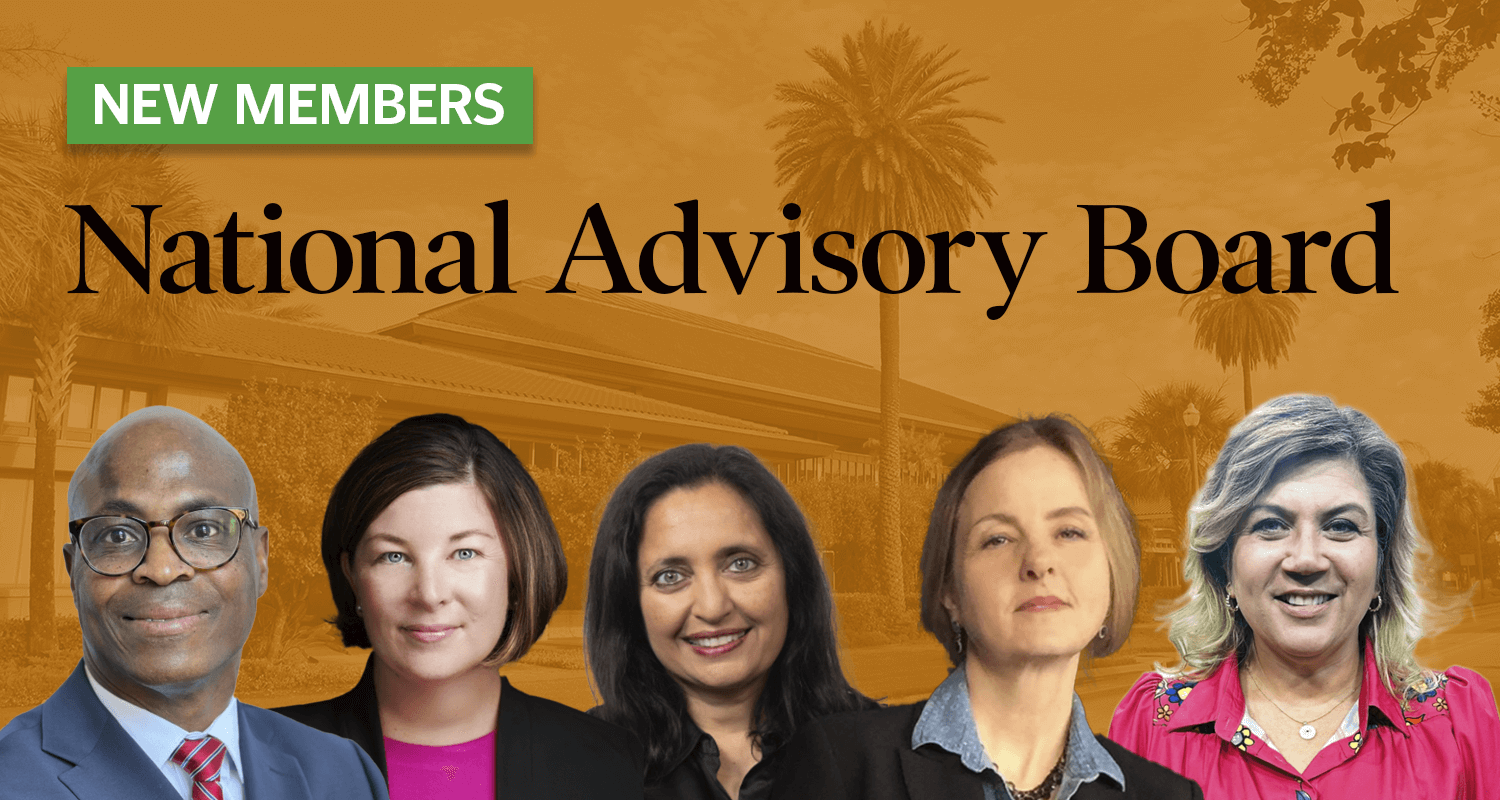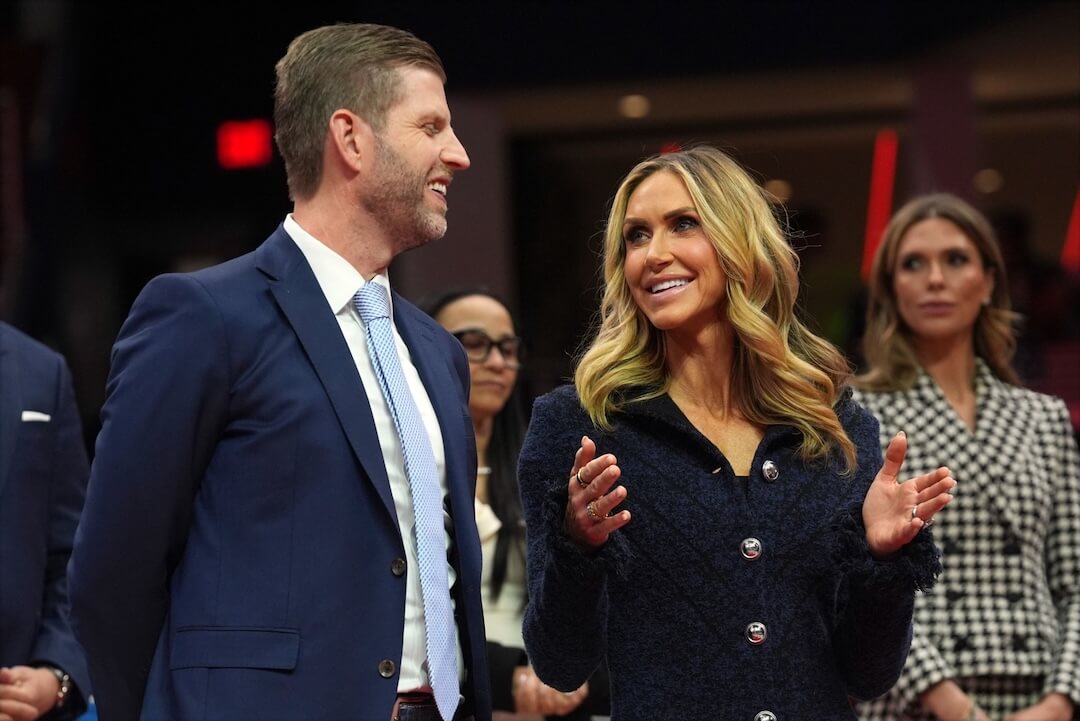Austin American-Statesman
That’s what former NPR chief executive and ex-head of NYTimes.com Vivian Schiller said at the 12th International Symposium on Online Journalism. “This is the first time I’ve felt this way, and possibly the first time I’ve said this in a public setting,” she said. “Back In 2007, that’s a generation ago in Internet time, I was at NYTimes.com and a free content absolutist. That was the year my colleagues and I led the effort to end TimesSelect. …I was an anti-paywall zealot, and for good reason…..based on the conditions of that time. But times have changed.” || The full text of her speech is after the jump.
Reason to be Cheerful:
An Optimist’s Look at the State of Digital Journalism
In annual rite of passage, Pew’s State of the Media report was released a week ago. As usual, it’s a spectacularly comprehensive and incisive look – the size of a phone book, to use luddite vernacular – on how quality journalism has fared in the past 12 months.
In recent years it’s largely been an exercise in getting really, really depressed. There are the usual horrors, such as the annual tally of lost reporting and editing jobs – 1000 to 1500, that’s a 30% decline over ten years, and evidence of an increasingly polarized media serving an even more polarized public.
And every year, there’s some new fresh hell. This year’s bad news is that the creators of quality content are losing the battle to control their own destiny, as aggregators and gatekeepers assert every greater control over the audience experience, and charge a toll along the way.
There are some bright spot of course. For instance, newspaper revenues declines are accelerating at a slower pace. Let that sink in. There’s plenty more bad news where this comes from, and over the course of your two days together here there may be plenty more handwringing.
And yet I’ve titled these brief remarks “Reasons to be Cheerful” Because, while everything I’ve just said is true and then some, there are reasons to be hopeful – and even very excited – about the future of quality journalism.
I want to share with you today 7 observations that give me hope. This is NOT a grand unifying vision of media today. It’s just a handful of stuff. And undoubtedly half of it will turn out to be wrong. But to paraphrase John Wanamaker who coined the famous phrase about the effectiveness of advertising – we just don’t know which half.
So with those disclaimers, here goes:
The conditions are finally right to give newspaper pay walls a fair shake
This is the first time I’ve felt this way, and possibly the first time I’ve said this in a public setting. Back In 2007, that’s a generation ago in internet time, I was at NYTimes.com and a free content absolutist. That was the year my colleagues and I led the effort to end Times Select. (You may recall that Times Select completely locked out the columnists and the archive to all but paying subs. It was not the metered model The Times is launching now. Then, you were a home delivery subscriber, a paying digital subscriber – the no Tom Friedman for you) I was an antipay wall zealot, and for good reason…..based on the conditions of that time. But times have changed:
* What mattered to advertisers then was scale. The race was on to smash through thresholds, based on unique visitor counts in order to break through to the next tier where a new set of advertisers became viable. Like a video game, reaching the next level opened up rich rewards. And in fact when we ended Times Select, unique visitors jumped from 12 million to 20 million fast. That mattered a great deal…at the time. Now? Scale still matters, but brand is back, baby. It never really went away, but for marketers it’s the new new thing. In the cacophony of choices, users look to brands they trust — and the advertiser have come back to basics.
* Human behavior has changed thanks to iTunes. It’s no longer anathema to pay, even when you can steal content for free. That’s why the debate about the porousness of the New York Times pay wall is a red herring in my view. Sure there are ways to get around it – but I’m not sure the people that matter will.
* Tablets are a game changer for print, and smashing records for new platform adoption. According to the Pew study, tablet penetration was 4% of the US population in September…7% in January…and as much as 10% in March, according to the report’s Tom Rosenstiel.
The NYT paywall launched earlier this week. We’ll see – but I have my fingers crossed they it will succeed.
* Local is still up for grabs
According to the Pew study, efforts by media companies to own local are not working. To be sure everything from the now ancient BackFence, to tbd.com, have failed to take off. I’m underwhelmed by Patch’s potential to do real reporting. And Adrian Holavaty’s relaunched and newly social EveryBlock looks great – but in the end it’s a utility, not a news provider.
Yet the ad market is there. Online ad spending is up from 30% to 40% of the market in just one year. So who will win in local? I’m going to bet here on legacy media…if they move NOW. Public radio and local newspapers have the tools, the physical presence, the people, the brands, and the relationship with the community. Do they have the will? Will they take the risk? Will they make an investment in a down market? Will they disrupt their core businesses? For signs of hope look no further than right here in Austin where Public radio station KUT is attracting record audiences on the radio, expanding its journalism, while partnering with Texas Tribune, expanding aggressively on digital platforms and raising money in the process.
* Twitter
I don’t need to tell this group that twitter is a great breaking news delivery vehicle and news aggregator. This is not news. But what has me most excited is the emerging power of twitter as a newsGATHERING device. This has been building in recent years – election coverage and uprisings in Iran, disaster in Haiti and elsewhere, But it is only in recent weeks that it has reach critical mass news gathering and verification engine. Look no further than NPR’s Andy carvin – the first human news platform. According to this weeks’ Time, “his curated feed provides an unequalled content stream of analysis and on-the-ground reports”. Working 18 hour days he is curating the most vibrant news feed on the uprising in northern Africa on the web. While this does not take the place of sending reporters into the field– it is an extraordinary complement to a news organization’s ability to keep their audiences informed. And the most exciting of all – we’re just beginning to see the potential. Go Andy….and all you Andy’s out there.
Next…
The twin goals of all publishers of original branded content when it comes to audience are engagement and scale. How do we simultaneously super serve our loyal audiences so they spend more time with us while bringing new audiences into the tent to try our goods? This challenge that has been around for generations; it’s not new to the digital age. But it is only very recently that a winning strategy seems to be emerging. And that gets me to my next two observations….
Apps are the holy grail of engagement
First some statistics courtesy – again – of the Pew study. 80% of Americans have a cell phone and 2/3 use it for something other than making calls. Nearly half of all American adults report that they get at least some local news and information on their cellphone or tablet computer. More and more they are getting that news from apps. 24% of mobile local news consumers report having an app that helps them get information or news about their local community. And all of these trends are rapidly accelerating.
So the critical mass is there, now let’s examine at the behaviors of mobile users with regard to the apps they download by looking at NPR. We recently did a deep study on audience behaviors and came up with this startling statistic:
The duplication among those that download NPR apps and those that listener to NPR on the radio is MASSIVE – as high as 83% on the android. And their engagement with the app is deep, especially if they’re listening and reading. Within the NPR iPhone app, those who listen to audio consume 10 times as many text pages as those who simply read. These are NPR loyalists. They seek out the app and they engage with it intensely. It’s an NPR i/v right into the main artery. And while NPR can’t and won’t charge for this content, this bodes well for those brands that seek paying subscribers.
But apps are no necessarily the way to bring in new users…
So let’s flip the coin over and look at audience acquisition. It is my #5.
With apologies to Chris Anderson: the web is not dead In fact the browser may be the single most powerful app on your smart phone, not to mention every other screen you own. And it’s still far and away the best way to acquire news audiences.
Let’s go back to that NPR study I mentioned. You remember I said there’s an 83 percent duplication between NPR radio loyalists and android app users. On the web it’s almost the perfect inverse. Only 22% of NPR.org users are NPR listeners. NPR.org is bringing in NEW audiences. They come via search, blogs, and twitter. Sure – many of them are drive-bys, but that’s ok. Some will convert – some will think about NPR in a different way new way than they imagined. Don’t give up on the web.
Legacy news orgs appear finally willing to be their own disrupters
First, legacy news organizations have finally abandoned the misguided notion of being platform agnostic, for a more deliberate approach to serving audiences based on the unique characteristics of each form factor and platform. Even a year ago when the IPad came out, such venerable news org as CNN chose to simply stick with their iPhone aps only bigger. Well they’ve recovered and then some. CNN Is now doing some of the most exciting and innovative work out there – my former colleague Meredith Artley will talk about that a bit later. And so we’re seeing everywhere that delivering on a consistent set of brand values is not the same thing as offering the same experience.
But even more encouraging is that legacy news organizations – newspapers in particular are experimenting with very disruptive products under different brand names.
* Washington Post is getting ready to launch Trove, which ties into Facebook and lets readers build their own news site based on topics they choose.
* The New York Times is playing with News.me, an app that creates for users a personalized feed of articles based on what the people they follow on Twitter are sharing and reading.
* The Wall Street Journal has launched The Daily which has some work to do, but is off to an intriguing start
Some will succeed; there will be failures. That’s ok so long as they fail fast and smart.
And they’re all working together on Ongo
7. The most promising trend of all: digital natives have come of age.
And they care about journalism. J-school enrollment is soaring – not that that’s the only path in. (It wasn’t mine) But it speak volumes to the idealism and commitment to public service of the next generation. These kids think like developers – many of them are developers – and they will not only invent new ways of gathering and distributing the news, they will reinvent the business model. My generation won’t – it’s not in our DNA. No matter how much we educate ourselves, how smart we think we are – we will always be just visitors on the planet that the digital natives inhabit, own and will ultimately rule.
This is good….with a big “if”. The digital native generation – because of the abundance and ubiquity of information that comes at them especially thru social media – may not have the grounding and understanding to discern reliable fact based information, from assertion and gossip and downright lies. This is why teaching news literacy in high schools and college is a must. Not just for jschool student – for everyone. Teach kids the critical thinking skills to tell fact from fiction is the civics of our era. The work that Howie Schneider is doing at Stoney Brook at the university level and Alan Miller’s News Literacy Project at the high school level must be embraced, supported and expanded.
Conclusion…
And so I’m hopeful. Never more so than in recent weeks as we’ve faced earthshattering news from Mideast, North Africa and Japan. News consumers have had access like never before to a rich stew of American media, foreign media, and the work of an army of bloggers and twitterers – sorting, fact checking, correcting – to together deliver an understanding of events never before possible.
I’ll close with Clay Shirky quote – because those that know me know I can’t speak publicly with quoting Shirky at least once.
In his book, Cognitive Surplus, he says “The opportunities before us, individually and collectively, is enormous; what we do with it will be determined largely by how well we are able to imagine and reward public creativity, participation, and sharing”
I hope that in your time here together you will imagine a public good and expend your creativity on inventing the future, participating of this most democratic of ventures, and sharing it with the world.
Thank you.






Comments